Aster Formula Mix Seeds
Aster Formula Mix Seeds produce a vibrant array of Aster flowers, which are loved for their colorful, daisy-like blooms and long flowering period. This seed mix typically includes a range of bright colors such as pink, purple, red, white, and blue, making it an excellent choice for garden borders, beds, and cut flower arrangements. Asters are a popular choice for late summer and fall gardens, as they bloom when many other plants are finishing their flowering season.
Characteristics: of Aster Formula Mix Seeds
- Flowers: Aster flowers are star-shaped, with numerous petals surrounding a yellow or white center. The blooms are available in a wide range of colors, depending on the mix, and are densely packed with delicate petals.
- Height: Depending on the specific varieties in the mix, Asters can grow anywhere from 10 inches (25 cm) to about 2 feet (60 cm) tall, making them suitable for both borders and garden beds.
- Growth Habit: These plants have a bushy growth habit with sturdy stems, producing numerous flower heads per plant.
Sowing and Growing Instructions: of Aster Formula Mix Seeds
- Light: Asters thrive in full sun but can tolerate partial shade. More sunlight will encourage more abundant blooms.
- Soil: Asters prefer well-drained, loamy soil enriched with organic matter. They thrive best in soil that retains moisture without becoming waterlogged.
- Sowing:
- Indoors: Start seeds indoors about 6–8 weeks before the last frost date. Sow the seeds on the surface of seed trays filled with light, well-draining potting soil. Lightly press the seeds into the soil but do not bury them deeply.
- Outdoors: After the last frost, you can sow the seeds directly in the garden. Lightly press the seeds into the soil, ensuring good seed-to-soil contact.
- Watering: Keep the soil evenly moist during germination, but once established, Asters prefer moderate watering. Allow the soil to dry slightly between waterings to prevent overwatering.
- Temperature: Asters prefer cooler weather, making them perfect for late-summer to fall blooming. Ideal growing temperatures range from 60–75°F (16–24°C).
Blooming and Care: of Aster Formula Mix Seeds
- Flowering: Asters typically bloom from mid to late summer through fall, providing vibrant color when many other flowers are past their prime.
- Deadheading: Remove spent blooms to encourage more flowering and maintain a tidy appearance. This also helps prolong the blooming period.
- Support: Taller varieties may need some light staking, especially in windy areas, to keep the stems upright.
- Fertilizing: A light application of balanced fertilizer once or twice during the growing season will help promote strong growth and abundant blooms.
Benefits: of Aster Formula Mix Seeds
- Attracts Pollinators: Asters are excellent for attracting butterflies, bees, and other beneficial pollinators to your garden.
- Long Bloom Period: They bloom from late summer to fall, providing much-needed color in the garden during this time.
- Low Maintenance: Asters are relatively easy to grow and care for, making them a great choice for beginner gardeners.
- Cut Flowers: Their vibrant colors and long stems make Asters perfect for cutting and using in flower arrangements.
Uses: of Aster Formula Mix Seeds
- Garden Borders: Asters are ideal for planting in borders, where they can create a colorful, naturalistic look.
- Flower Beds: Mix Asters with other late-blooming plants to extend the season of interest in flower beds.
- Containers: Shorter varieties of Asters are well-suited for container gardening.
- Cut Flower Gardens: Asters are popular for cutting gardens because their blooms last long in floral arrangements.
Care Tips: of Aster Formula Mix Seeds
- Spacing: Space plants about 12–18 inches apart to allow for good air circulation, which helps prevent diseases like powdery mildew.
- Pest Control: Asters can occasionally attract aphids and spider mites, but regular inspection and spraying with insecticidal soap can help manage these pests.
- Cool Climate Flowers: Asters perform well in cooler climates and can tolerate light frosts, making them perfect for fall gardening.


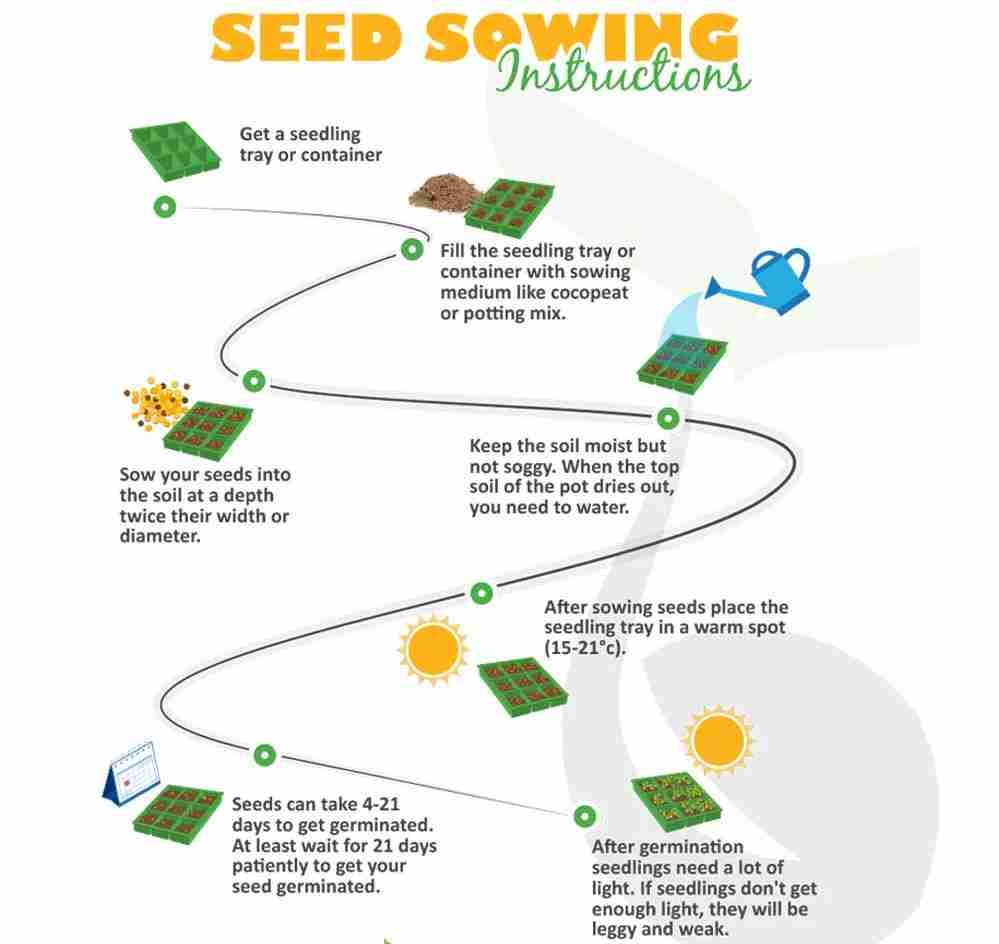


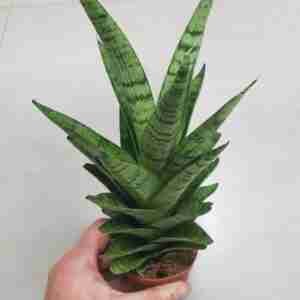
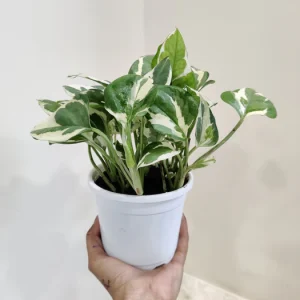
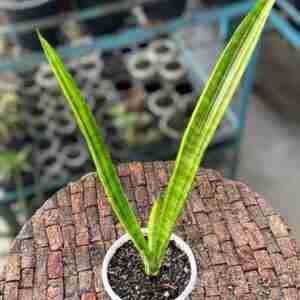
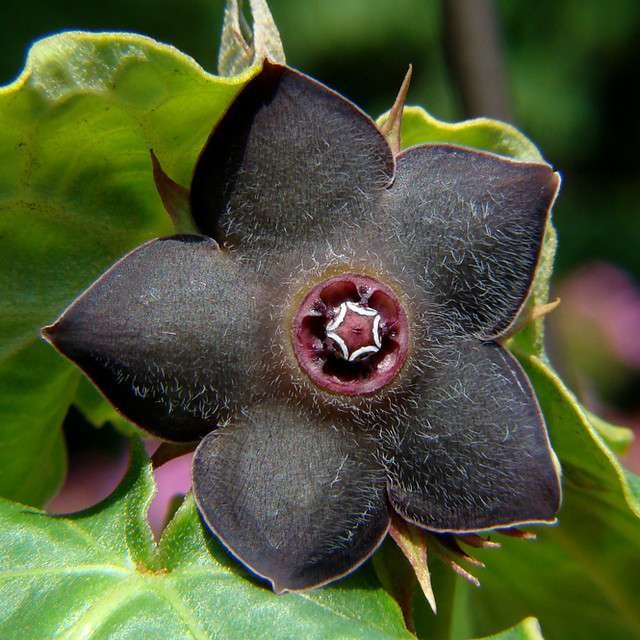
Reviews
There are no reviews yet.